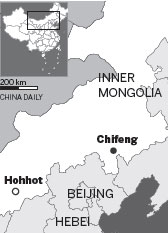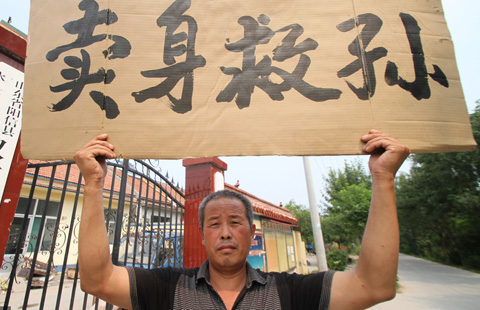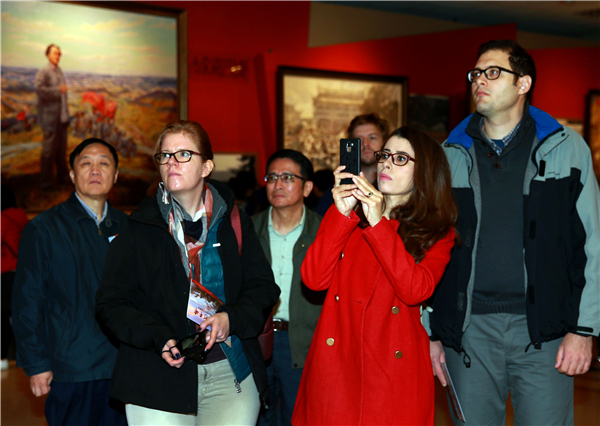An ancient grain gets a boost from archaeology
By Xinhua in Hohhot (China Daily/Xinhua) Updated: 2016-10-12 06:55Cultivation of millet in the Inner Mongolia autonomous region has been on the rise ever since archaeologists presented evidence that the grain originated there.
In Aohan Banner, Chifeng city, 60,000 hectares of millet are under cultivation, about 4 percent of the national crop, said Qiu Wenbo, head of the banner.
Carbonized grains of millet were found in Aohan in the early 2000s, a discovery suggesting that millet had become a staple food of people there about 8,000 years ago, said Zhao Zhijun of the Chinese Academy of Social Sciences' Institute of Archaeology.
According to Liu Guoxiang, a CASS archaeologist and head of the Aohan research base, millet first spread across northern China, and then moved westward as far as Europe.

In 2012, the Aohan dryland farming system was listed among Globally Important Agricultural Heritage Systems by the Food and Agriculture Organization of the United Nations.
Two years later, Aohan was recognized as China's "hometown of millet" by the Chinese Food Industry Association.
The archaeological insights drew attention to farming in the banner, where one-fifth of the farmland was devoted to the crop.
The highest price of a kilogram of millet from Aohan now is 96 yuan ($14.3). "It was planted in the traditional way, with no chemical fertilizers or pesticides," Qiu said.
On Taobao, one of China's biggest online marketplaces, the brand "Eight Thousand Millet" sells for between 15 and 30 yuan per kilogram, compared with six or seven yuan for nonorganic millet.
Almost 70,000 hectares of millet will be under cultivation in Aohan by 2020, with output exceeding 225,000 tons, Qiu said.
"It is our hope that our millet, like silk, ceramics and tea, will become a symbol of Eastern culture for people across the world," he said.
- Smart technology to assist cancer treatment
- Two suspects held for abducting, raping 12-year-old Vietnamese girl
- China to optimize use of villa construction land
- 22 dead in building collapse
- Pollutants under alert levels after East China pharmaceutical factory
- More than 20 buried under collapsed buildings in Wenzhou
- China to end control of salt prices in 2017: NDRC
- Scenic spots ranked for their holiday services
- Illness raises risk of vanishing
- National railway corp gets new GM











